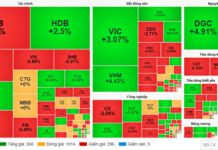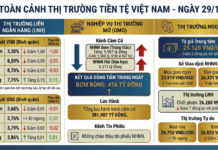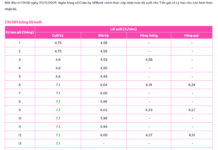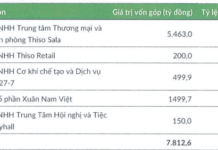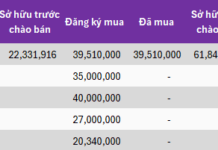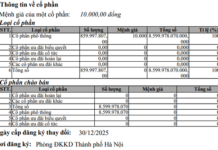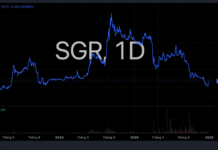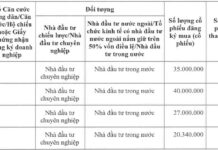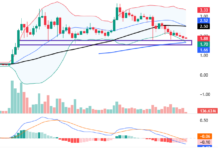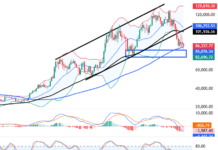In recent times, USD exchange rates in Vietnam have witnessed a significant downward trend across the board, including interbank rates, rates offered by commercial banks, and the free market.
Interbank USD rates have dropped to 24,700 VND/USD, marking a 3% decrease from its peak in late May and a further 1.8% drop since the beginning of August.
Commercial banks in Vietnam have also seen a continuous slide in their posted USD rates. As of this morning (September 10th), the buying and selling rates were recorded at 24,480–24,530 VND/USD and 24,850–24,870 VND/USD, respectively.
Vietcombank, the country’s largest foreign currency trader, now offers rates of 24,480 – 24,850 VND/USD. Since the beginning of August, the bank has lowered its USD rates by more than 550 VND, equivalent to a 2.2% reduction.
The free market has not been immune to this downward trend, with USD rates currently trading at 25,170–25,270 VND/USD. This market has witnessed a sharp decline over the last two months, especially in August. Compared to the peak of nearly 26,000 VND in late June, the free market USD rates have dropped by approximately 750 VND, or 2.8%.
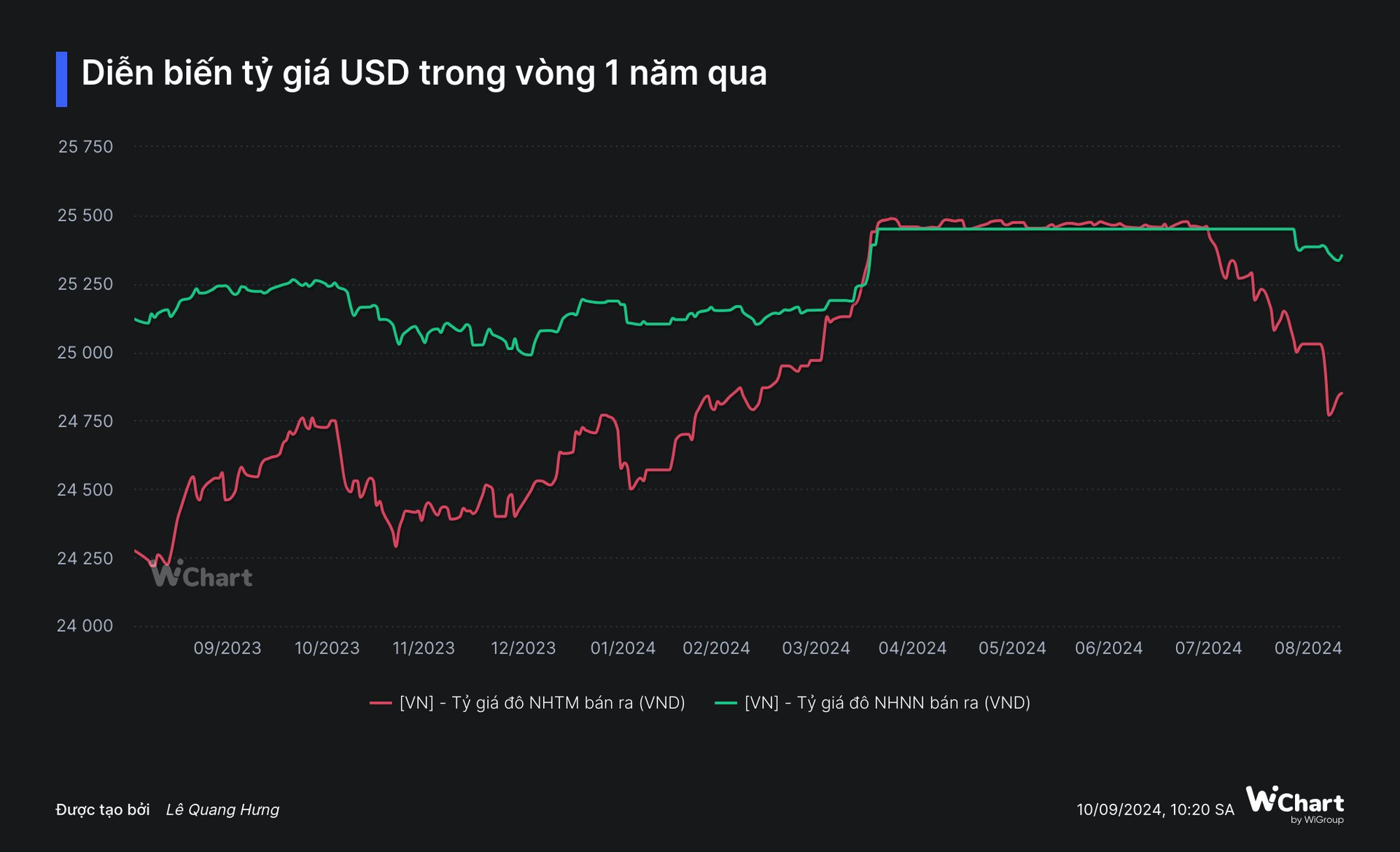
In response to the cooling exchange rates, the State Bank of Vietnam (SBV) has repeatedly adjusted the central exchange rate downward. This morning (September 10th), the central rate was set at 24,194 VND/USD, a 30 VND decrease from the end of August. With a 5% band, the allowable trading range for commercial banks is now between 22,984 – 25,404 VND/USD.
At the end of August 2024, the SBV lowered the selling rate at the Trading Center from 25,450 VND/USD to 25,385 VND/USD (as of August 27th). On September 6th, the selling rate was further reduced to 25,362 VND/USD, and today it stands at 25,353 VND/USD. Consequently, the selling rate at the SBV’s Trading Center is now nearly 100 VND lower than at the end of August and about 50 VND below the ceiling rate.
The buying rate at the Trading Center remains at 23,400 VND/USD, significantly lower than the interbank rate. However, with the cooling of the USD, analysts do not rule out the possibility of the SBV increasing this buying rate (as seen in late 2022) to boost foreign reserves.
Previously, amid the downward trend in exchange rates, the SBV implemented a series of relaxed policies. Specifically, the regulator announced that from August 28th, credit institutions with a 2024 credit growth rate of 80% of the allocated quota at the beginning of the year would be allowed to proactively adjust their credit growth based on their ranking.
In the open market operations arena, the SBV has proactively ceased issuing bills and reduced the interest rate on the refinancing channel to support the liquidity of the banking system.
In a written response to voters in Tra Vinh regarding the request for measures to enhance the value of the Vietnamese Dong, the SBV stated that, over the past time, the exchange rate has been flexible and moved in both directions in line with market conditions. The Vietnamese Dong has also demonstrated better stability compared to many other currencies during certain periods.
From the beginning of 2024 to the present, amid international market pressures and domestic difficulties, the SBV has flexibly managed the exchange rate, absorbing external shocks while implementing measures to support the Vietnamese Dong.
Specifically, the SBV has issued bills to regulate the surplus Vietnamese Dong, helping to narrow the negative interest rate gap between the Vietnamese Dong and the US Dollar and reduce pressure on the exchange rate.
At the same time, the regulator has sold foreign currencies to credit institutions to support the liquidity of the foreign currency market, meet the foreign currency needs of the economy, stabilize market sentiment, and contribute to the stability of the foreign currency market.
The SBV affirms that, in the future, it will continue to closely monitor market developments to flexibly manage the exchange rate, coordinate synchronously with other monetary policy tools (VND liquidity, interest rates, policy communication, etc.), and intervene in the market to stabilize the foreign currency market, contributing to controlling inflation and ensuring macroeconomic stability.


